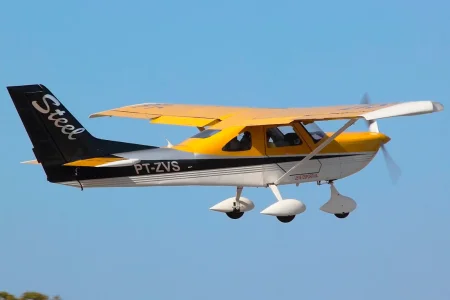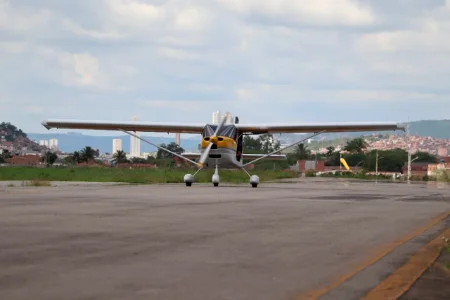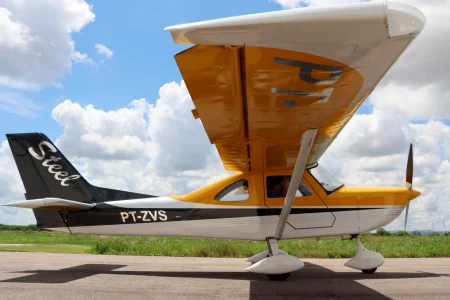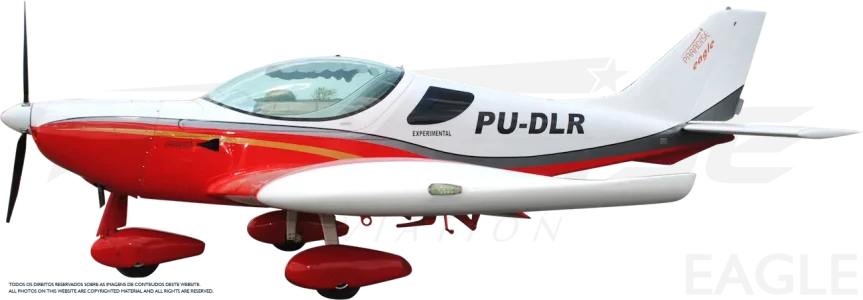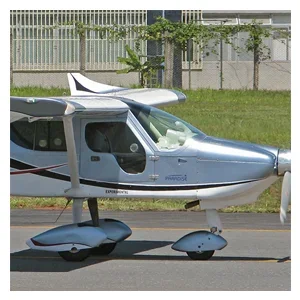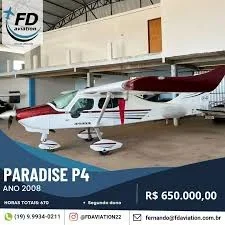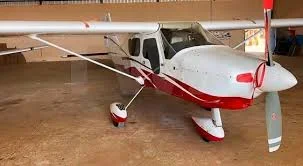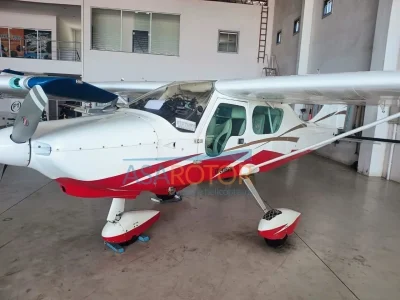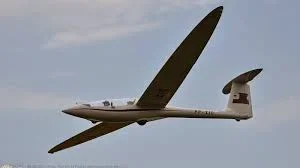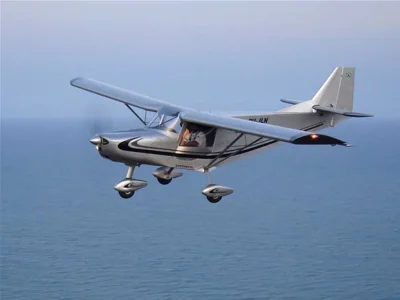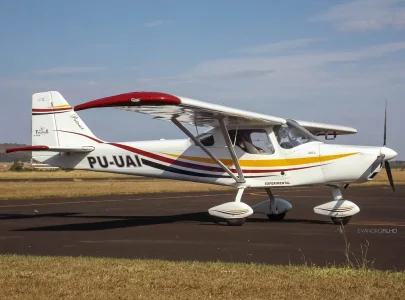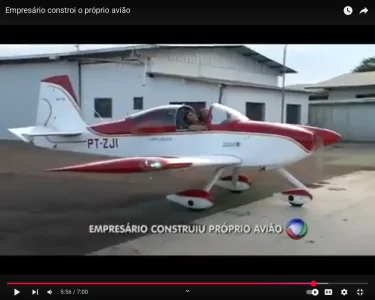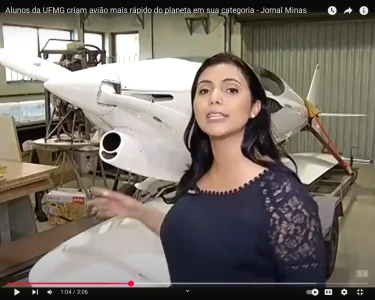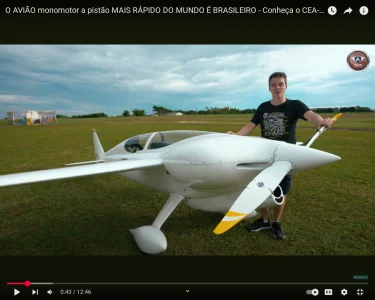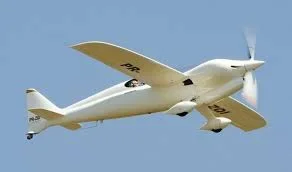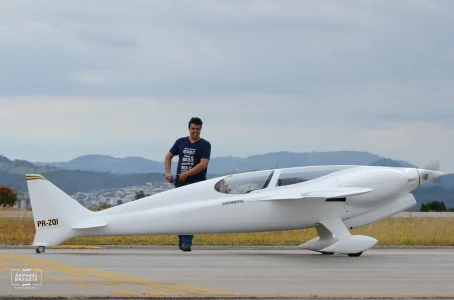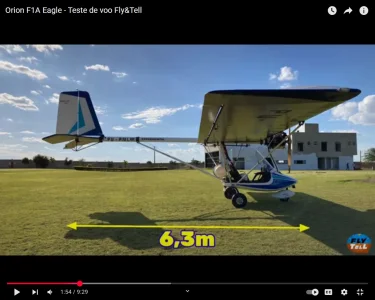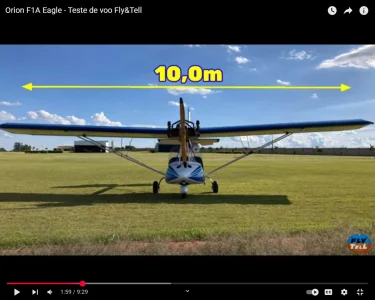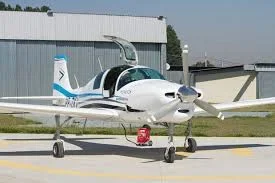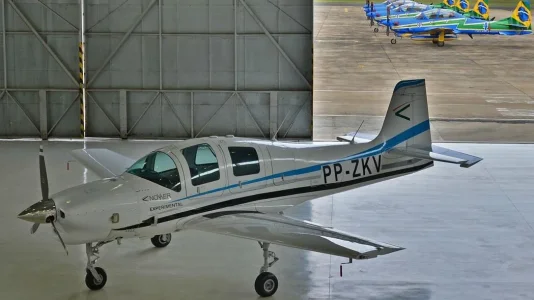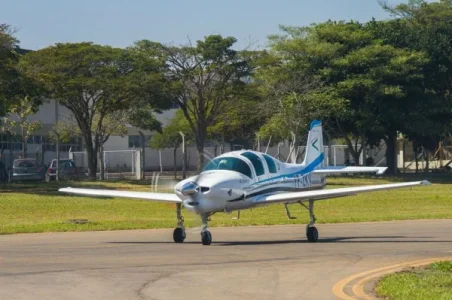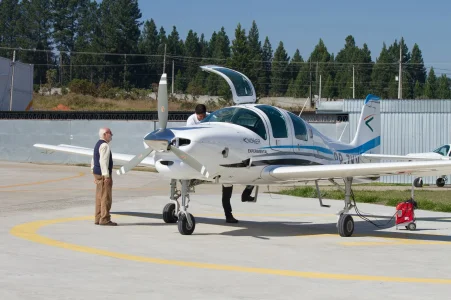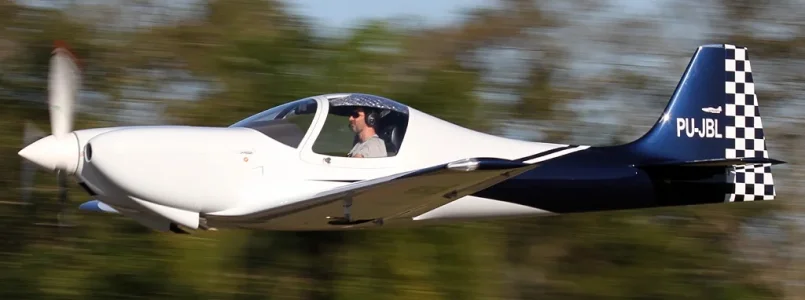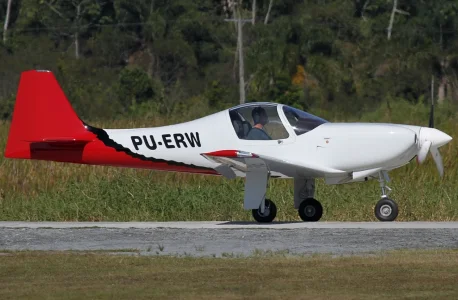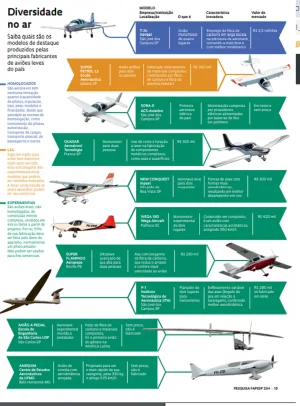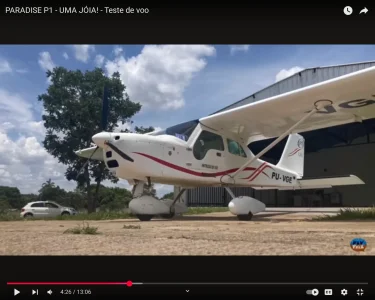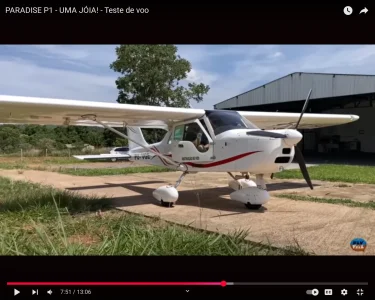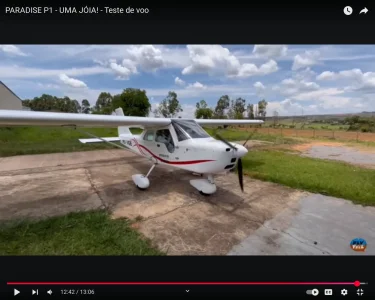Edwards AFB, California (AFNS) – The Air Force Test Pilot School is diligently integrating the newly acquired Embraer A-29C Super Tucano into its student flight curriculum. In partnership with the Air Force Test Center and Sierra Nevada Corporation*, the three aircraft will soon provide essential cutting-edge training for future test leaders.
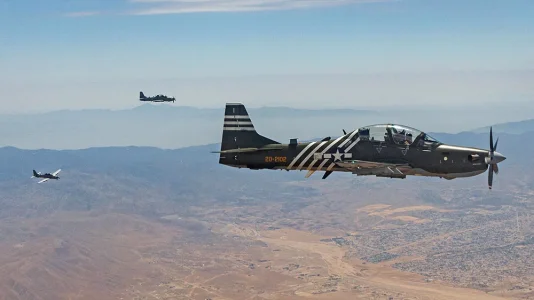
The A-29C is unique in many ways. Designed to be a lightweight, multi-role, and affordable airframe, the aircraft was briefly evaluated by Air Force Special Operations Command before being temporarily stored at Davis-Monthan AFB, Arizona. Due to its limited use, the A-29C is one of the few aircraft in the current USAF inventory that lacks a formal training course and is not used operationally. This contrasts with the broader A-29 fleet, which is widely used worldwide by allied nations to provide counterinsurgency and reconnaissance operations. The ability to fly multiple mission sets makes this aircraft the right choice for the school's modernization efforts.
A-29C Photo: Richard Gonzales
To successfully transport the A-29C aircraft to Edwards AFB, three test pilot school instructors had to perform the flight without any formal flight training. They prepared by studying the flight manual, speaking with maintenance personnel, and studying what is known as Publication 3-3, or essential tactics, techniques, and procedures, unique to the aircraft. To further mitigate the risks associated with operating the aircraft for the first time, the instructors also conducted qualification flights in the T-6 Texan and the PC-21, which have similar flight and handling characteristics.
“Even though I didn’t test the A-29C itself, the thrill of getting into an aircraft I had never flown before, alone, was incomparable,” noted Maj. Mateusz Borek, assistant chief of the flight science department and chief pilot of the A-29 at the test pilot school.
“I studied the flight manual meticulously and mentally rehearsed the flight more than I can remember. The USAF Test Pilot School played a key role in preparing me for scenarios like this. As a student, I flew more than 20 different aircraft. The school didn't provide me with extraordinary skills; instead, it taught me critical thinking and evaluation skills that can only be acquired through countless hours of study, simulations, and practical experience.”
Three A-29 Super Tucanos perform a transfer flight to Edwards AFB, California. Photo: Richard Gonzales
Once safely on the ground, the A-29s spent the next six months undergoing extensive maintenance in collaboration with the Sierra Nevada Corporation. This allowed the instructors to thoroughly study the aircraft, refine procedures, and develop a comprehensive training plan. Modern avionics and a robust airframe design allow the A-29C to be one of the few aircraft within the U.S. Air Force Test Pilot School curriculum to be used for multiple events and classes, or what the school defines as a "jack of all trades."
The aircraft will be used primarily for stall and spin training. Evaluating and testing aircraft stall and spin characteristics is a crucial skill set for all test pilot school graduates. While the Air Force currently has a glider spin sortie and a stall flight (in one or all axes) in high AoA flight, prior to entering a spin, PSG, or deep stall with an F-16, the former offers limited repetition and flight dynamics, while the latter is applicable only to graduates who move on to test fighter aircraft. The new A-29Cs will be capable of performing various types of spins with an endurance of over an hour and a half, maximizing learning for all students.
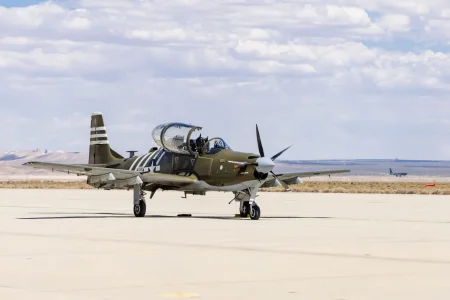
USAF Test Pilot School F-16 Fighter
Once these flights are established, the school's curriculum will delve deeper into the A-29C's mission systems. The aircraft can carry an MX-15 Sensor Ball, utilize Link 16, communicate via a VORTEX link, and deploy laser-guided bombs and rockets. These systems will equip students with the knowledge and skills necessary to test and evaluate similar mission systems on current and emerging platforms. This will also help reduce flight hours and maintenance burden on the F-16 fleet at Edwards AFB by allowing the Sensor Demonstration, Weapons Demonstration, and Practical Mission Systems Exam to be conducted exclusively on the A-29C.
As with any test equipment, the new A-29Cs will require special instrumentation to enable advanced data collection and control room operations, which is currently underway. The school is also The potential integration of the Agile Pod is being explored, which would further enhance mission systems capabilities. With five weapons stations per aircraft, the A-29C also allows future flexibility for research and development efforts through the Air Force Test Pilot School's Research Division. The A-29's rear seat also houses a dedicated control station that could be used in the future by combat systems officers and remotely piloted aircraft students, as the concept of manned-unmanned partnerships further expands in air operations.
Por Maj. Mateusz Borek and Chase Kohler Base Aérea de Edwards, Califórnia (AFNS) - A Escola de Pilotos de Teste

www.defesaaereanaval.com.br
